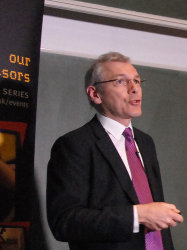BibTex format
@article{Jones:2019:mnras/sty3279,
author = {Jones, DM and Heavens, AF},
doi = {mnras/sty3279},
journal = {Monthly Notices of the Royal Astronomical Society},
pages = {2487--2505},
title = {Bayesian photometric redshifts of blended sources},
url = {http://dx.doi.org/10.1093/mnras/sty3279},
volume = {483},
year = {2019}
}

